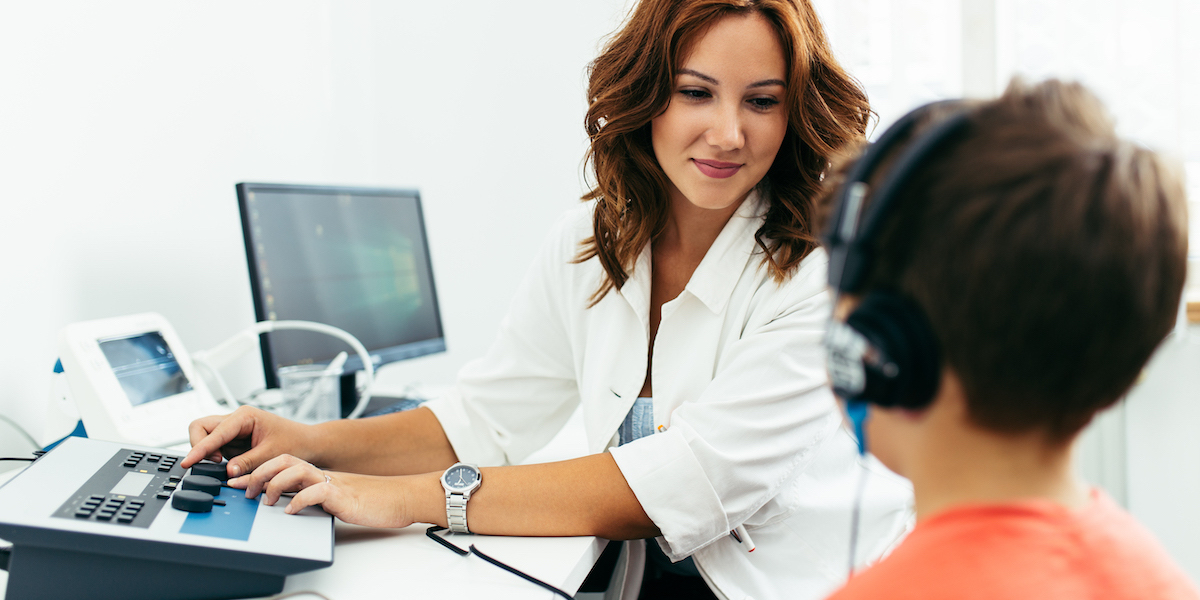Guidelines for the Assessment and Educational Evaluation of Students Who are Deaf or Hard of Hearing
Auditory Evaluation

The goals of the evaluation include confirmation of a suspected disability and determination of its potential educational impact. This information will help guide planning for appropriate educational and classroom accommodations or modifications in order to promote auditory access to the curriculum and the environment to support learning.
An auditory assessment provides information regarding the nature and degree of hearing, the student’s perception skills and abilities, use and benefit from amplification and assistive technology, and specific related listening performance in the typical classroom. To ensure appropriate expectations, it is important to consider the student’s overall needs with respect to chronological age, age of full-time device use, and language and academic skills expected for same-aged peers. Areas of audiological evaluation may include:
- Case history review
- Otoscopy or examination of the ear
- Physiological assessment or objective measures of auditory system
- Measures to determine nature and degree of hearing loss
- Assessments of auditory function with amplification and assistive technology-speech perception
- Auditory performance and developmental checklists
- Verification and validation of hearing technology
Testing should be completed under ideal listening conditions, as well as under simulated classroom conditions, and may include traditional sound booth testing.

To learn more about this topic, and earn professional development credit, log in to your OCALI ID account and watch the Functional Listening Evaluation: An Introduction webinar!
